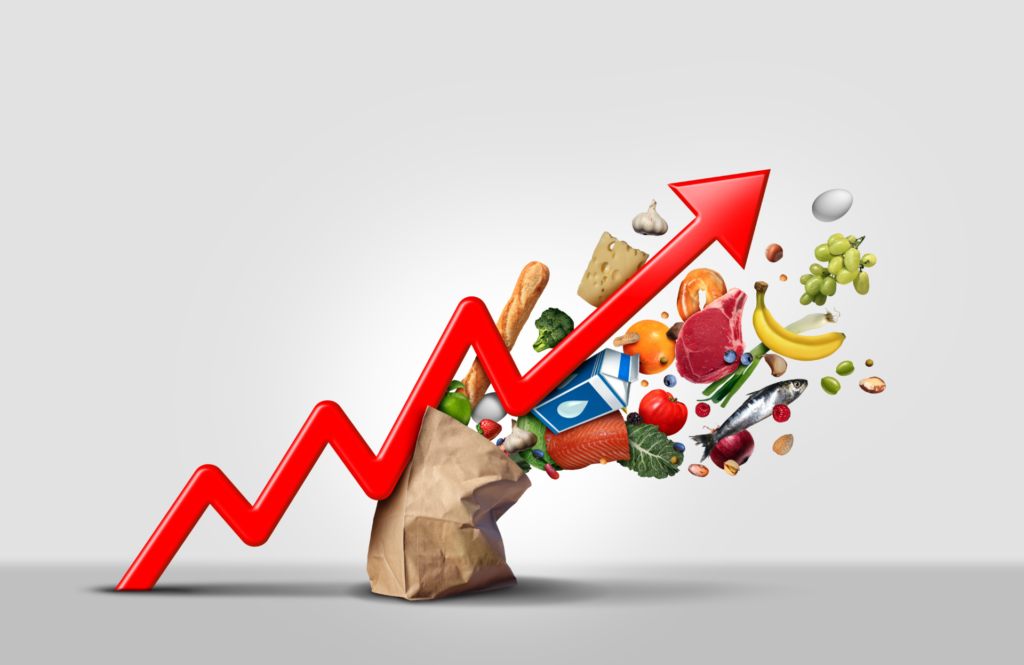
Could this be immaculate disinflation?

The Department of Labor said on Thursday that the producer price index (PPI) rose by just 0.1 percent in June, half of what Wall Street was expecting. On a 12-month basis, the index is up only 0.1 percent. This was the twelfth straight month of decline for the index, which has come down from last June’s 11.3 percent year-over-year figure.
This came a day after the Labor Department said the year-over-year gain in the consumer price index had fallen to three percent, the lowest in over two years. As we expected, President Joe Biden took credit for the decline, calling it “Bidenomics in action.”
And yet the labor market remains very tight. The unemployment rate in June was just 3.6 percent, and employers had 9.8 million open jobs at the end of May.
From the Fed: One and Done?
Wall Street’s reaction has been to significantly discount the chances of a second rate hike after the July Federal Open Market Committee meeting. (A hike at that meeting is assumed to be locked-in.) A week ago, the CME group’s Fed Watch tool indicated a 36 percent chance that we would end the year with a federal funds rate between 5.5 and 5.75 percent, 50 basis points higher than the current target range of five percent to 5.25 percent. By yesterday, the odds had dropped down to 21 percent. On Thursday, they were just 14 percent.
Yet there are reasons to believe that inflation might not be quite as dead as it looks from the headlines or the White House’s tweets. The prices of final demand goods in the producer price index were flat for the month after falling 1.6 percent in May. This may indicate that the benefit from supply chain repairs and a shift in spending away from goods has run its course.
The index for final demand services climbed 0.2 percent, matching the May gain. This too could be an indicator that inflation is getting stuck where it is rather the continuing to trend down.
The year-over-year headline numbers also benefit from the fact that the price surge in June of last year has finally dropped out of the calculation.
There was, however, good news on inflation further up the supply chain. Prices of processed goods for intermediate demand fell 0.6 percent, the fifth consecutive monthly drop. The decline was broad-based, with core processed goods—a measure that excludes food and energy prices—falling 0.4 percent. For the 12 months ended in June, the index for processed goods for intermediate demand fell 9.4 percent, the largest 12-month decline since September 2009.
Margins moved up by 0.2 percent and remain well-above the pre-pandemic trend. It’s likely, however, that these will start to compress as businesses feel pressure to pass on some of the disinflation in intermediate demand goods.
According to Stephen Juneau of Bank of America, the PPI data that flow through to the personal consumption expenditure (PCE) index the Fed uses for its two percent target were more inflationary than the prior month. By Juneau’s calculation, the PPI numbers imply a 0.2 percent month-to-month increase in core PCE inflation and 4.2 percent year-over-year. Headline PCE inflation will likely be up 0.2 percent for the month and three percent for the year.

While the decline in inflation is welcome news, especially given the ongoing strength in the labor market, many Americans may not feel much relief. Take the price of groceries. The consumer price index for “food at home” was flat in June. But over the past year, prices are up 4.7 percent, and over the past two-years they are up 16.9 percent. Prices of food away from home—dining out—are up 15.9 percent over the two-year window. As a result, American families are still experiencing sticker shock at meal times.
We still think it is unlikely that inflation will come down to two percent without a sizable increase in unemployment, but this week’s reports make the “soft landing” scenario less unlikely.
